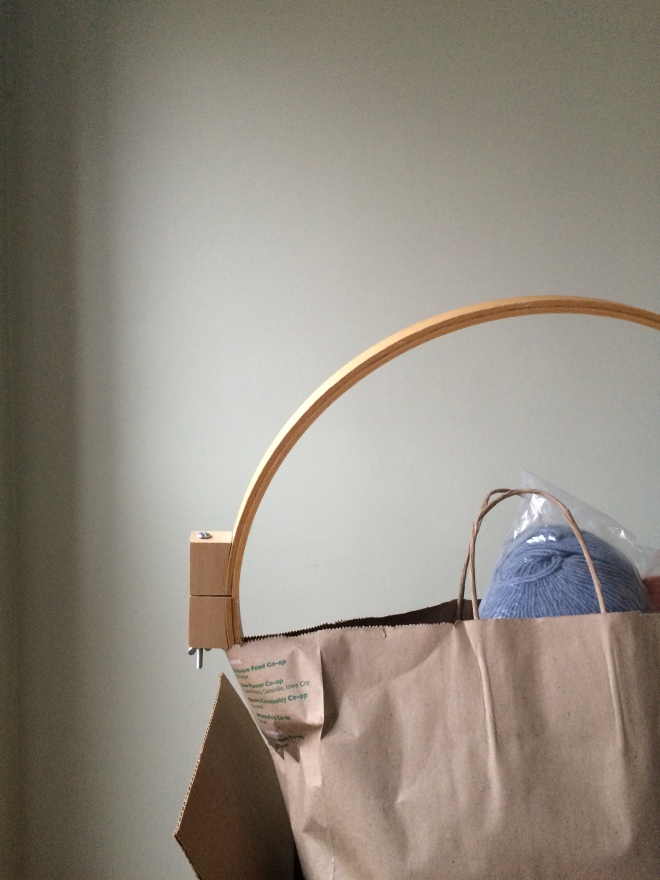
It doesn’t really seem like spring yet, but I’m already feeling spring cleaning fever. Part of my reorganization and revitalization efforts include moving clothes out of purgatory — that pile or box where I’m trying to decide if they should be scrapped, sold, or returned to my wardrobe — and into new homes.
Have you heard about the glut of giveaways, the sea of secondhand clothing?
The short version of the story is that pace of consumption is so fast and price of clothing so low, that donations are flooding secondhand stores but the prices are barely competitive with fast fashion shops. I’ve certainly noticed a shift in what I find at thrift stores over the past 15 years, and in my own purchasing power — I started shopping at thrift stores when fashionable options were out of reach, when silk blouses, wool skirts, and cotton jeans filled the racks, and then H&M came to town at the tail end of high school and suddenly I had so many more choices, yet now the secondhand racks are bulging with cast-off trendy tops and misshapen synthetic blends.
So, I try to be very careful with what used goods I’m putting out in the world — of course that largely begins with bringing in a lot less and shopping secondhand in the first place. But still, sometimes it’s time for things to move on — to free up some physical space, and reduce mental and emotional clutter too.
As I drove a box of donations to Goodwill last weekend, I thought through each item in the box and realized I could learn something from what I was getting rid of — something to carry with me, a lesson learned in lieu of the thing itself:
3 party dresses: align your wardrobe with your lifestyle, and choose versatile special occasion clothes.
I don’t really go to parties anymore, neither of the college campus nor the business casual happy hour variety, and after several years going unworn in my closet I can confidently say these clothes can go. When I do have a special occasion on the horizon, I prefer to dress up the pieces in my existing wardrobe, and if I need something new I will remember to keep it classic and versatile (or maybe rent it? That seems like a fun option for events).
1 clothing swap sweater: just because it’s free and intriguing doesn’t mean it’s right for me.
I actually picked up this particular sweater before I had ever knit one for myself, and I’ve realized how much I’ve learned about my preferences in knitwear shape and style since then. Thanks knitting!
3 plain cotton thrifted tees: trust that when you’re ready to make a project, the right supplies will be available.
I picked up a few shirts at the thrift store when I was obsessed with an Alabama Chanin book; I made one garment and may someday make more, but for now these shirts were just taking up space so I decided to release them back into the secondhand ecosystem.
2 half-priced craft books: it’s better to save the small change and request the real deal.
This winter I’ve been really into my non-fiction library queue — when I hear about a craft, art, or design book I’m interested in, I place a request online and then wait for it to arrive. Borrowing it first allows me access to the skills I’m trying to build or inspiration I seek, and time to decide if I really need it in my home library, rather than settling for a discount version that won’t quite satisfy the need.
5 miscellaneous activewear separates: bodies change; it’s ok to let go.
My current approach to athletic wear is pretty similar to my special occasion clothes: I want things that are versatile and actually get used. Workout clothes (and bathing suits) are tricky because I think there’s an element of materialized aspiration, but I no longer see the value in holding onto items purely for motivation or guilt. (yuck)
A shower caddy: avoid organizational “necessities” until you figure out what your space really needs.
This one’s not clothing related, but it’s an important lesson for me, especially as I continue to move apartments. Plus, Goodwill often has tons of these types of racks and baskets, so I endeavor to scout those out first (with measurements on hand!) to find the right fit next time.
A bag of miscellaneous craft supplies: trust your gut and keep striving to stash less.
There’s an amazing annual event here, a communal garage sale for all things textiles and fiber crafts, and I volunteered last year and found it completely overwhelming. I took home some lovely textiles but also grabbed a few things that in my gut I knew weren’t quite right (like the giant embroidery hoop) so I’ll be returning them into the sale and hoping they go to a better home. An annual event provides a good built-in guideline — haven’t touched it and still have no plans for it after one year? Back it goes.
Personally, I think that if you truly can’t use or refashion an item in your wardrobe or home, it’s still better to donate it than send it to the landfill. For vintage or natural fiber items, maybe it will make its way into the hands and heart of an eager thrifter like me, but just know that it’s probably not going to a needy closet somewhere, it might just go into the rag trade or even get bundled and sent overseas.
Taking the time to reflect on what I’m getting rid of helps steer me toward shopping more responsibly and reducing waste in the long run.
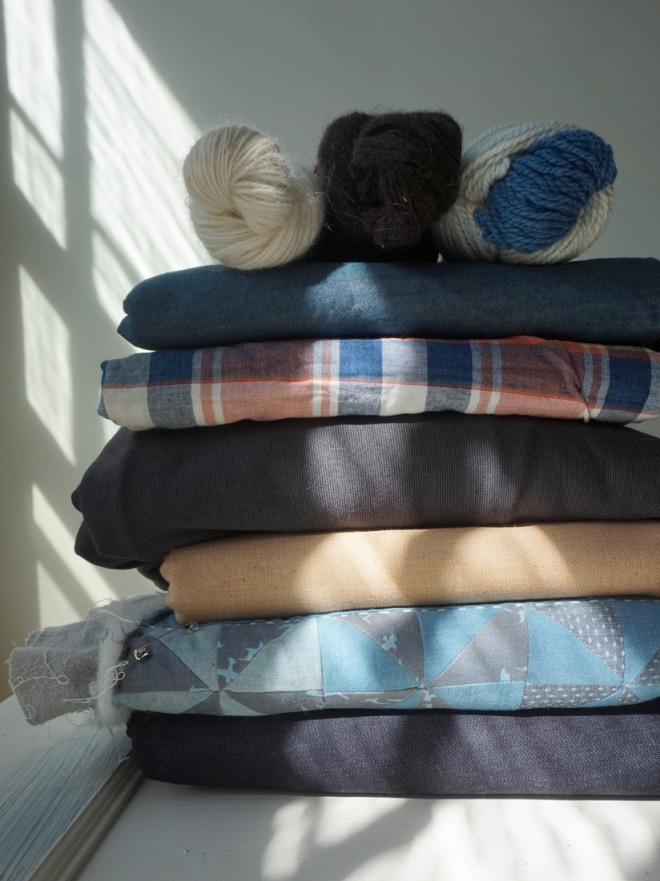

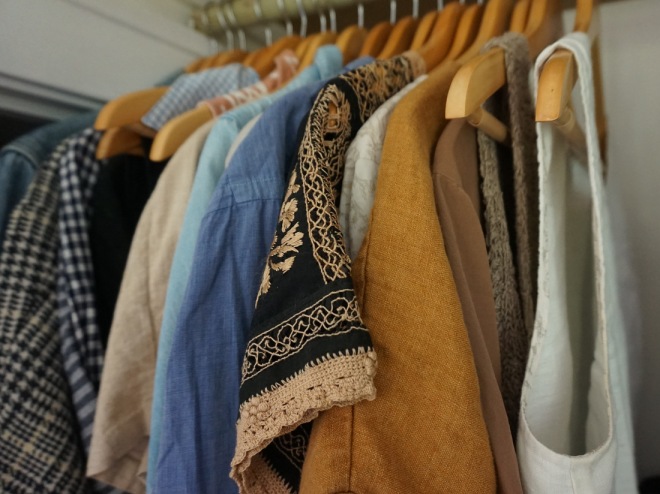
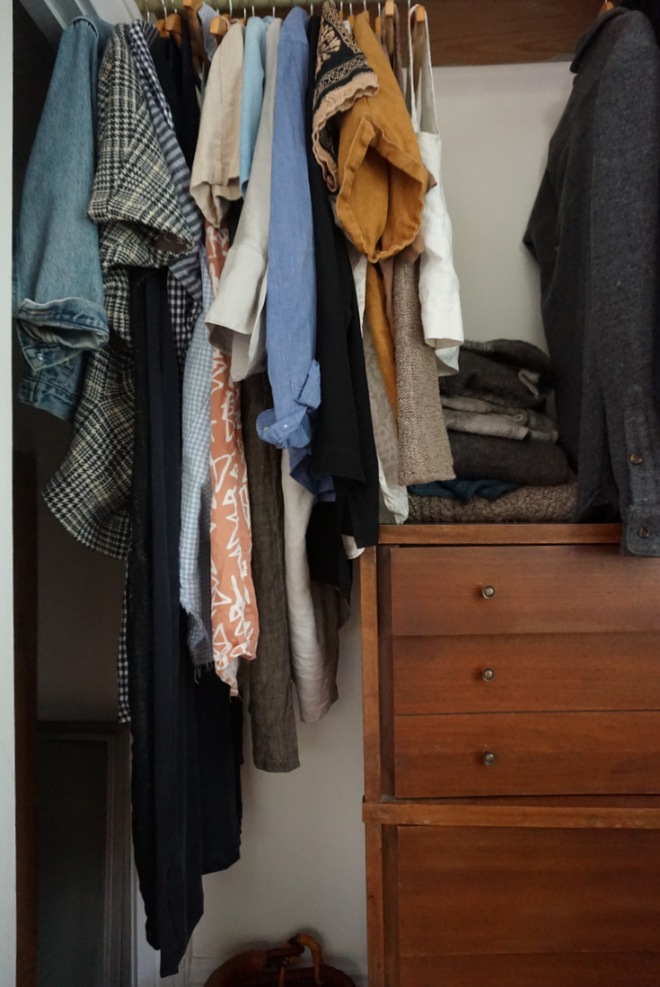
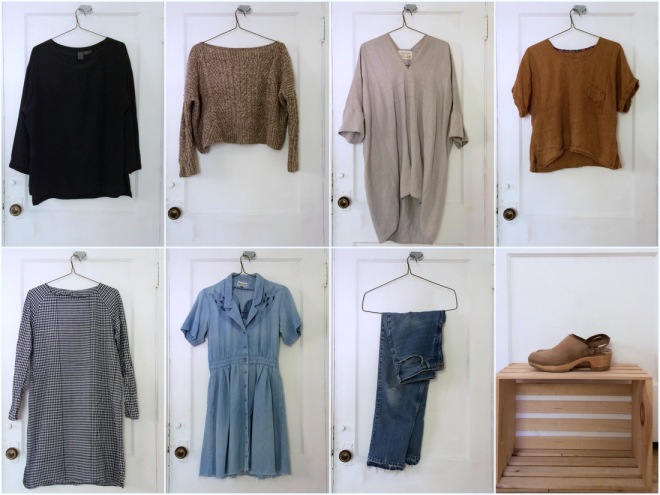

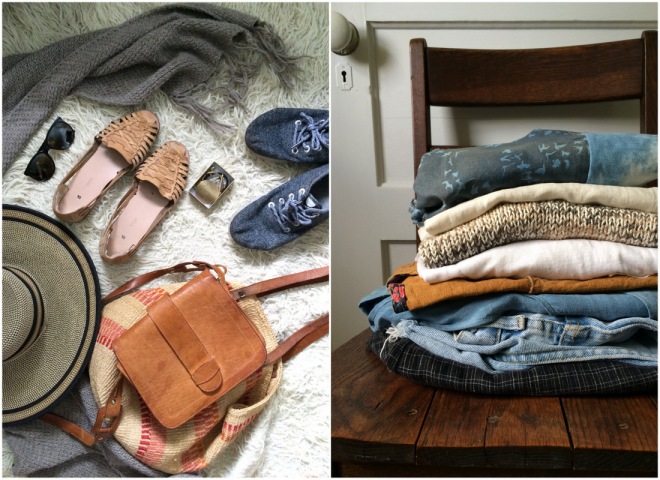





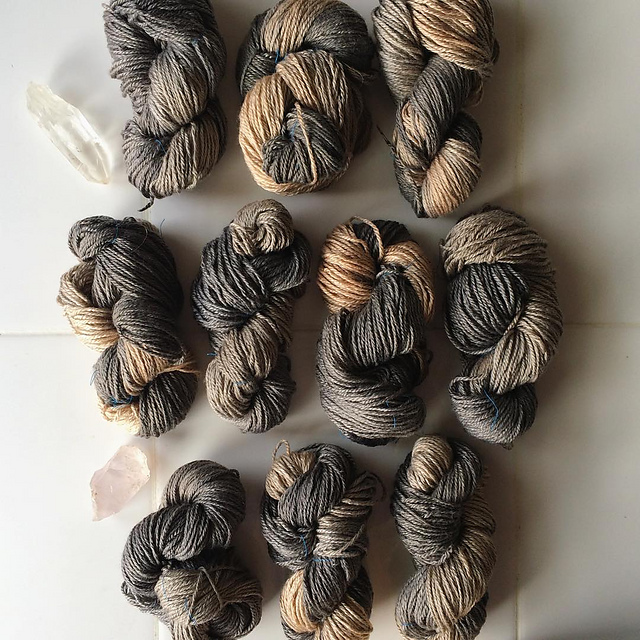








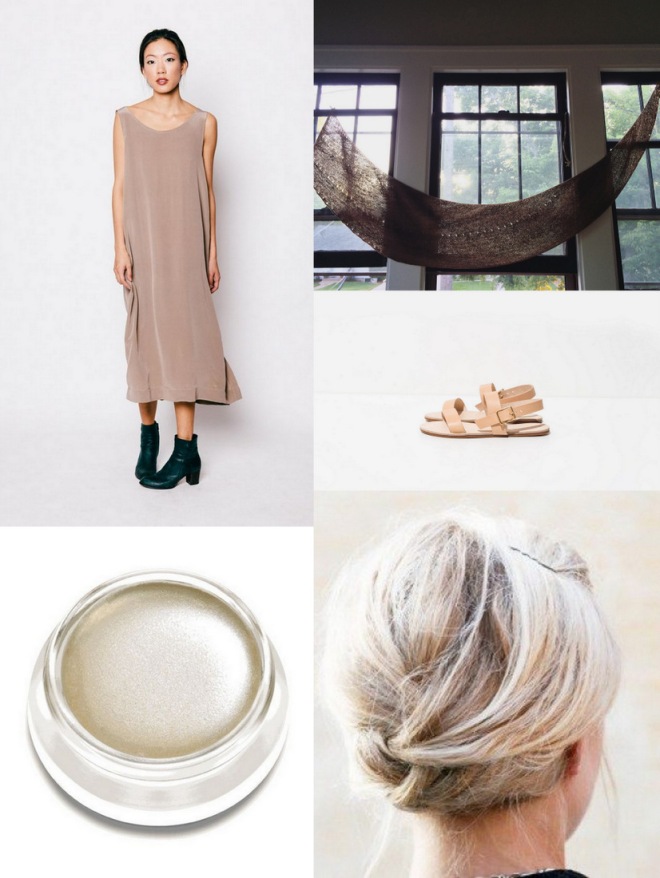
 To start small, to keep things within reason without feeling constrained, is that too much to ask, of a closet?
To start small, to keep things within reason without feeling constrained, is that too much to ask, of a closet?





 As makers, we can have total freedom over what clothing to create and wear. But do you ever feel like:
As makers, we can have total freedom over what clothing to create and wear. But do you ever feel like:



